Sundance 2020: Hira Nabi
Hira Nabi is a filmmaker and a multimedia artist. Her practice moves across research and visual production interrogating the relationship between memory and histories, witnessing and testimonies through image and narrative. She is deeply interested in using the camera as a tool to archive and document the worlds around her. She earned an MA in cinema and media studies from The New School, and a BA in film and postcolonial studies from Hampshire College. She lives and works in Lahore, Pakistan. Here she talks to us about the making of her film All That Perishes At The Edge of Land, Ditching the camera crew and spending time alone filming, how she didn’t want to make a traditional workplace documentary and the other female directors that inspire her.
HOW DID YOU FIND YOUR WAY INTO FILM MAKING?
Up till the age of six, I lived next door to a cinema. It must have been fate. Haha, on a less deterministic note though, I grew up with lots of stories, and a desire to be told or to make up stories. I didn’t grow up with the cinema as such as the film industry had collapsed in Pakistan during the 80s and 90s. As a teenager, I discovered foreign films and world cinema outside of Hollywood and Bollywood, via pirated DVDS and then online. And then I arrived to college, where I studied film, and fell irrevocably in love.
Tell us about your film?
It’s set at a shipbreaking yard in southwest Pakistan. The film is a conversation between a ship and her shipbreakers, and it moves us through ideas of home, dreams and desires, struggles, and how to imagine an empathic relationship between these two opposing forces; the workers dismantling the ship, and the ship resisting its destruction, and everything that is caught in between.
How did you take the news of being accepted into the festival?
I couldn’t believe it. It was very very unexpected, and the best pick me up at a time of emotional and physical exhaustion.
Funding in this industry can always be a challenge, how did you achieve yours?
I was very lucky with timing. I started working on this film while at a residency at Vasl Artists Association in Karachi, where I had a small production budget but more importantly, the team at Vasl was able to connect me with the union workers who became the backbone of this film. In that year (2018) I was a participant in a workshop for Afghan and Pakistani filmmakers funded by Goethe-Institut and Prince Claus Fund, which provided initial funds and covered some travel and accommodation costs that allowed me to keep the budget low. To finish the film, I had to eventually become a co-producer.
WHAT WAS THE MOST CHALLENGING ASPECT OF MAKING YOUR FILM AND HOW DID YOU OVERCOME THIS?
It’s exhausting to make a film alone. I had a low budget and I was trying to make a slow film with long takes and subtle inferences. Most freelance cinematographers in Karachi make their bread and butter through the ad world, and their aesthetic wouldn’t match the film. In the end I picked up the camera, ditched the additional camera crew and would just go spend hours by a single ship, filming the tide coming in and its reflection upon the ship’s hull. It was also one way to learn to start trusting my own instincts as a director/cinematographer. Additionally, I didn’t want to make a traditional workplace documentary that focused on the human cost of the industry. I was trying to place all the stakeholders in conversation with one another, or at least to acknowledge the sum totality of the violence that affected an entire ecosystem that includes the water, the fish, the shoreline, the air, and the humans that populate and work at the yard. Inventing a talking ship that could be placed in conversation with the workers was one way to think through this. I wanted to see if these two forces pitted against one another could possibly imagine a relationship of empathy and not only antagonism.
If you could have gone into any other role in the industry, which would you be interested in?
I wear an assortment of hats in this film, and have done so in my work up till now. I write, shoot, direct, edit, and apparently also produce. I’d love to work more with audio though.
The percentage of female directors at Sundance has increased again this year, a great move for the industry, which female film makers do you look up to?
Lucrecia Martel and Claire Denis. Mira Nair for making Monsoon Wedding and Salam Bombay. Zoya Akhtar for making Made in Heaven.
What’s the next project for you?
I am working on something that I started developing over the summer while at a residency (Murree Museum Artists Residency), which was very special. The work is set in a forest in a hill station, and is concerned with ecological rights and how to co-exist in a damaged environment.
Additionally, I’m also working on a long-term research project that looks at spectatorship and cinematic culture in Lahore and Karachi, in Pakistan, documenting the transformation from single screen theaters to multiplexes, which in one sense is a story of modernity in these urban centers.
And finally, what film are you most looking forward to seeing in 2020?
Ouvertures by Louis Henderson which is premiering at Berlinale. Little Women, by Greta Gerwig.
You can follow Hira on Instagram via @macarooned and check out her facebook page here.
All That Perishes At The Edge of Land will be screening in the Documentary Shorts Program 2. For more information on this years line up at Sundance Film Festival 2020 visit their website here.




